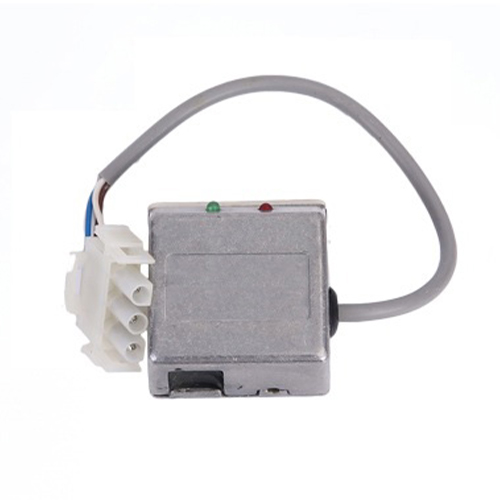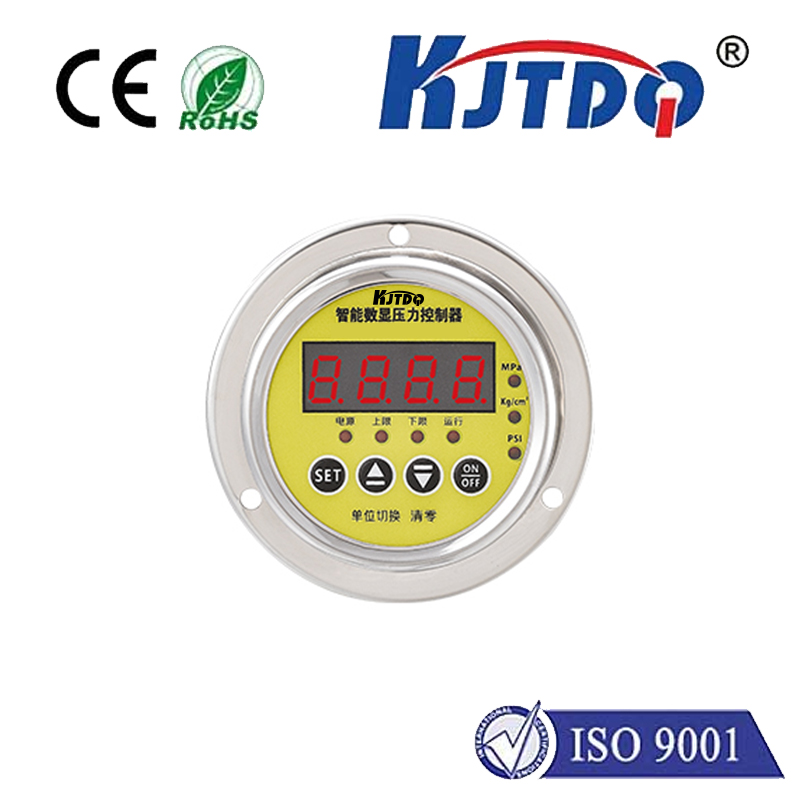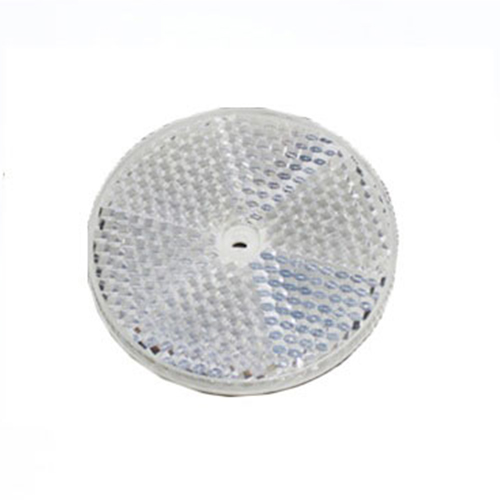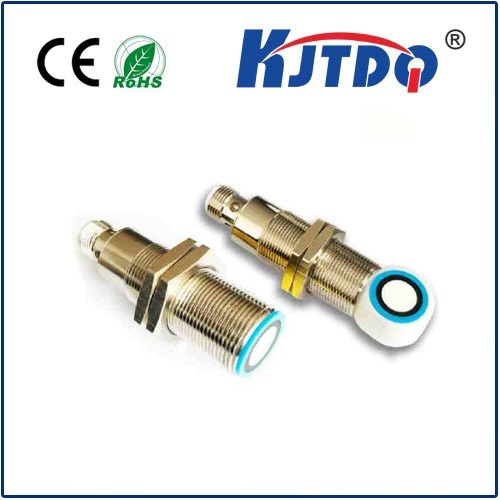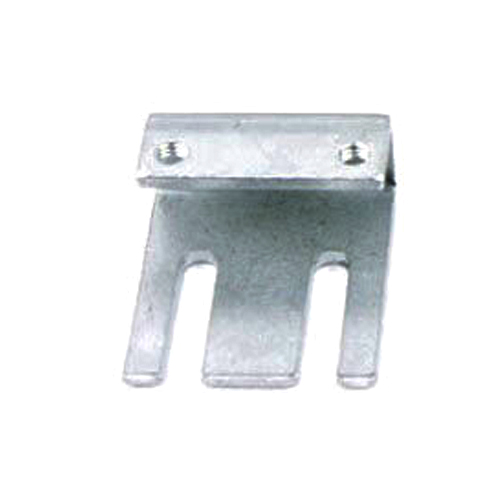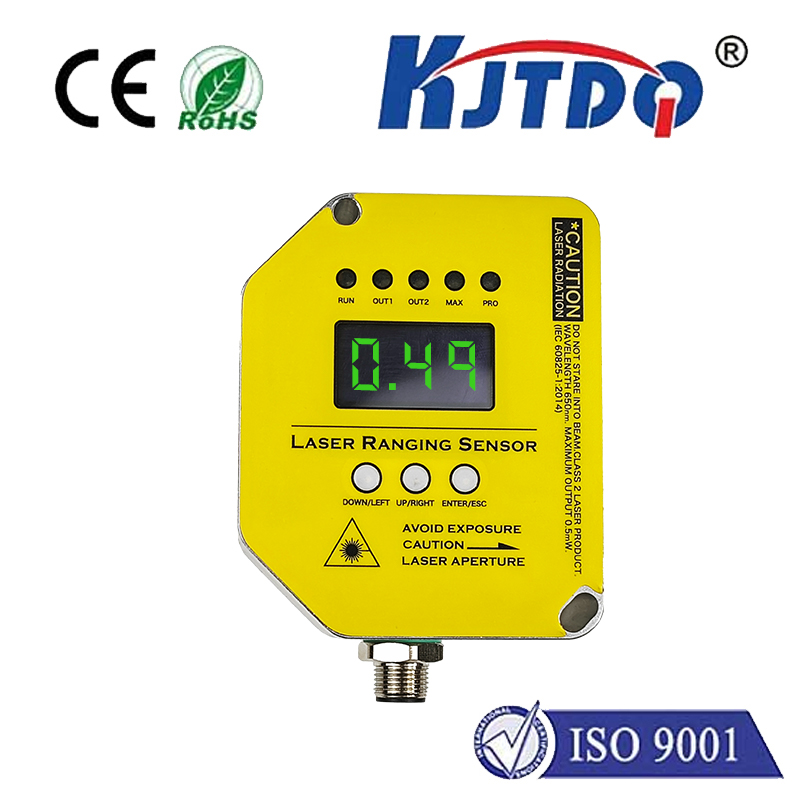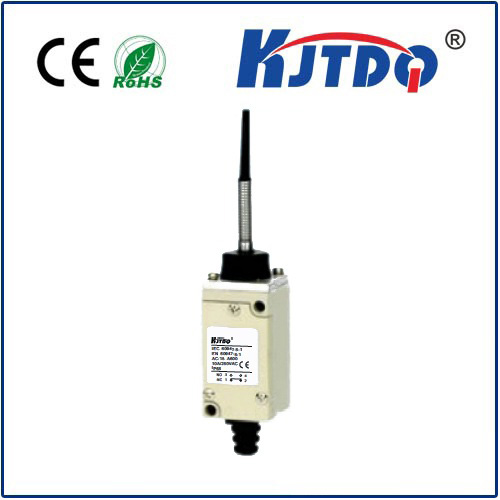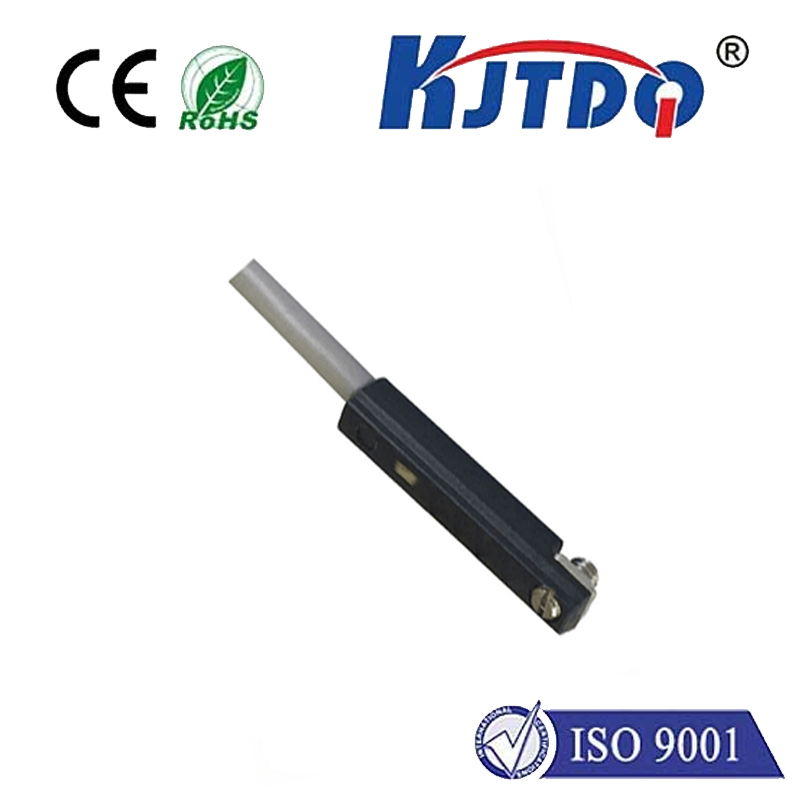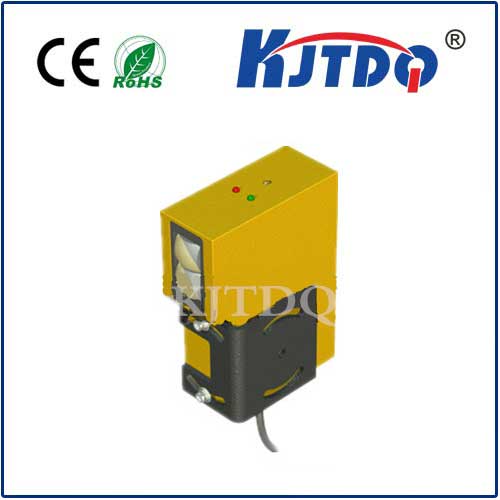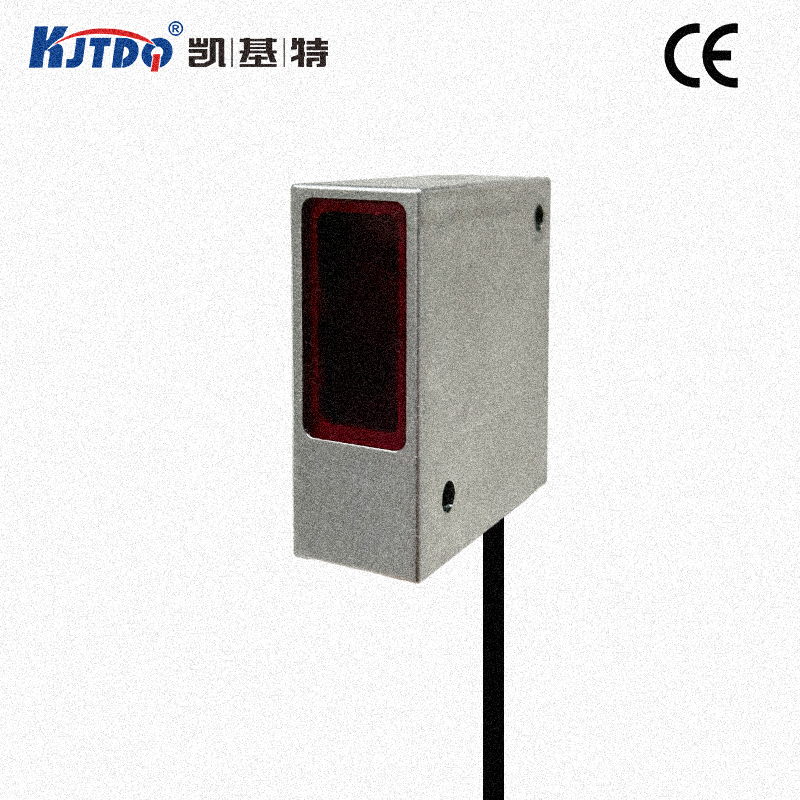Imagine automating a process where objects need detection from further away than typical sensors can manage. Think large packages on wide conveyors, pallets in deep storage racks, or vehicles approaching access points. Standard proximity sensors often falter at distances exceeding a meter. That’s precisely where the Omron E3FC-RN11 2M Reflective Proximity Sensor steps into the spotlight. This specialized device pushes the boundaries of reflective sensing, offering robust, non-contact detection at an impressive 2-meter range, opening doors to innovative solutions across diverse industrial and logistical challenges.
Proximity sensors are the silent workhorses of automation, detecting the presence or absence of objects without physical contact. Among the various types – inductive, capacitive, ultrasonic – reflective photoelectric sensors like the E3FC-RN11 operate on a simple principle: they emit a beam of light (typically infrared or red visible light) and detect its reflection off a target object. The key differentiator of the E3FC-RN11 is its exceptional sensing distance. Achieving reliable detection at 2 meters (approx. 6.5 feet) places it in a distinct category compared to standard diffuse or retro-reflective sensors, which often max out well below this range.

The RN11 model leverages a focused optical system specifically engineered for long-distance operation. Unlike diffuse sensors, which detect light scattered back from a nearby object, the reflective design focuses the emitted beam tightly and requires the light to bounce directly off a suitable reflector or the target itself back to the receiver. The E3FC-RN11 incorporates high-output LEDs and highly sensitive phototransistors, allowing it to reliably detect the weaker light signal returning from greater distances. This focused beam makes it less susceptible to minor misalignments or background interference compared to extremely long-range sensors like some laser types, while still achieving the vital 2m range.
To unlock the full 2-meter sensing potential of the E3FC-RN11, proper installation is paramount. Precise alignment is essential. Unlike diffuse sensors that bounce light off close objects indiscriminately, the reflective design relies on getting a strong, direct reflection back to the receiver over a significant distance. Even slight misalignment can drastically reduce the effective sensing range. Factors like the target’s size, reflectivity, angle, and the absence of strong ambient light interference directly impact performance. Following Omron’s installation guidelines regarding mounting position, beam angle, and target characteristics is crucial for optimal results.
The E3FC-RN11 finds its niche in applications demanding reliable detection over extended distances where through-beam sensors (using separate emitter and receiver) are impractical or too expensive to install. Think of these scenarios:
While powerful in its range, the reflective design has inherent trade-offs compared to other types:
The Omron E3FC-RN11 2M Reflective Proximity Sensor is a specialized tool engineered for a specific challenge: reliable non-contact detection at distances standard sensors can’t reach. Its ability to sense objects up to 2 meters away empowers engineers and system integrators to design automation solutions for larger spaces and more complex layouts. By expertly combining focused optics, high-sensitivity components, and rugged industrial design, the E3FC-RN11 provides a dependable, long-range sensing option, streamlining processes and enhancing safety where distance was once a barrier. Whether monitoring expansive conveyors, securing warehouse aisles, or detecting vehicles from afar, this sensor proves that extended reach in proximity detection is not just possible, but highly practical.
